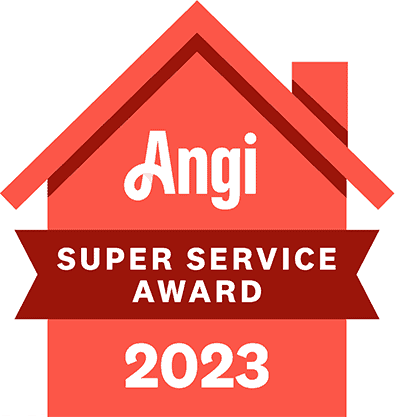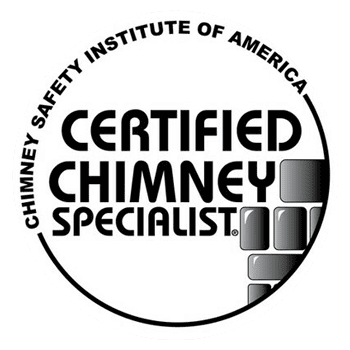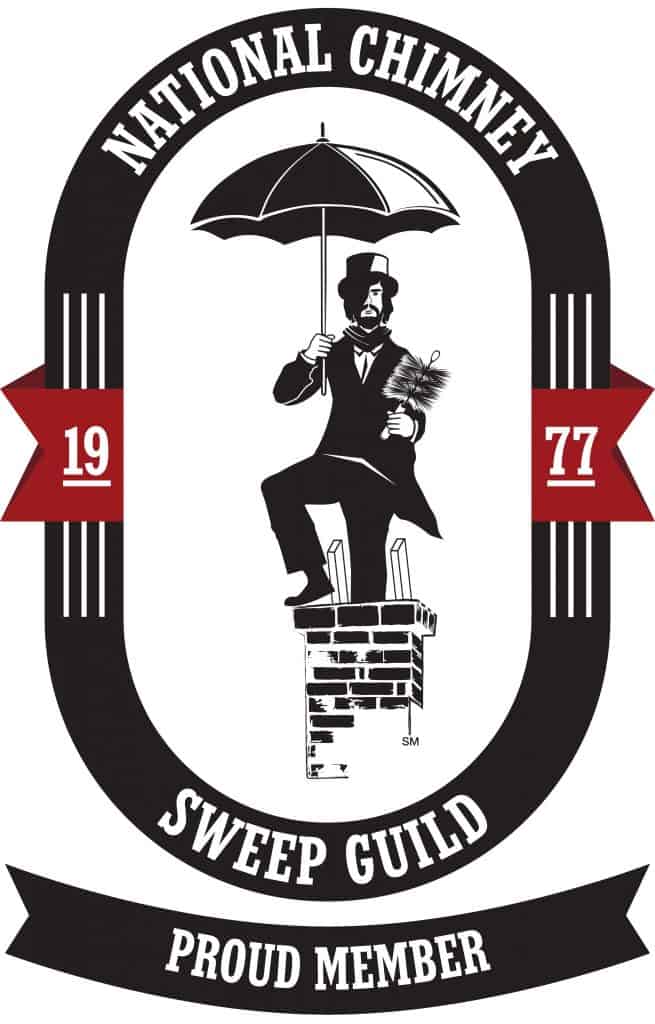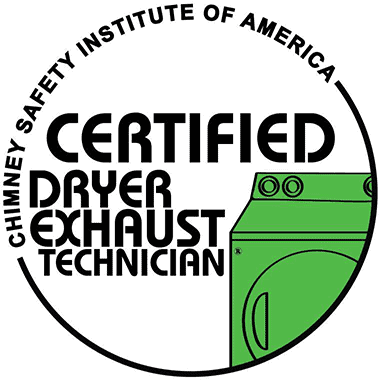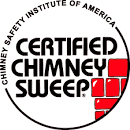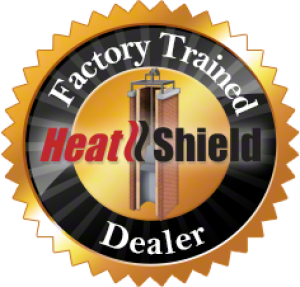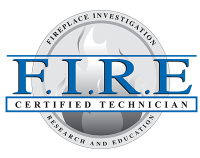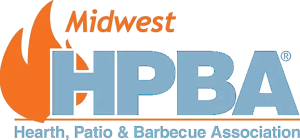A fireplace can be a beautiful and functional addition to any home, providing warmth and ambiance. However, to ensure your fireplace remains safe and efficient, regular maintenance and inspections are crucial. In this comprehensive guide, we will explore everything homeowners need to know about a fireplace inspection. Understanding the importance, process, and benefits of a thorough fireplace inspection can help you maintain a safe and comfortable home environment. We service Kansas City, Olathe, Overland Park, Lenexa, Prairie Village, KS, and nearby areas.
Fireplaces are cherished features in many homes, especially during the colder months. However, without proper care and regular inspections, fireplaces can pose significant safety hazards. A fireplace inspection is essential for identifying potential issues before they become serious problems. In this guide, we will cover the key aspects of a fireplace inspection, including what it involves, why it is necessary, and how often it should be done. By the end of this post, you will have a clear understanding of why scheduling a regular fireplace inspection is a smart move for any homeowner.
What is a Fireplace Inspection?
A fireplace inspection is a comprehensive examination of your fireplace and chimney system. It involves checking for structural integrity, proper functioning, and any signs of wear or damage. The inspection ensures that your fireplace operates safely and efficiently, reducing the risk of fires, smoke damage, and other hazards.
Types of Fireplace Inspections
There are generally three levels of fireplace inspections, each varying in complexity and thoroughness.
Level 1 Inspection: This is the most basic inspection and is recommended for fireplaces that have been regularly maintained and show no signs of problems. It includes a visual examination of the readily accessible parts of the fireplace and chimney.
Level 2 Inspection: This level is more detailed and is required if there have been any changes to the system, such as a new liner or a change in fuel type. It includes a more in-depth examination, often involving video scanning of the internal surfaces of the chimney.
Level 3 Inspection: This is the most comprehensive inspection, usually conducted when serious hazards are suspected. It involves removing parts of the chimney or building structure to gain access to areas that are otherwise concealed.
Why is a Fireplace Inspection Necessary?
Regular fireplace inspections are crucial for several reasons, all of which contribute to the safety and efficiency of your fireplace.
The primary reason for a fireplace inspection is to make sure the system is up to fireplace code standards. Over time, creosote, a highly flammable substance, can build up inside the chimney. Additionally, cracks, blockages, or structural damage can pose significant fire hazards. A thorough fireplace inspection identifies these issues early, allowing for timely repairs and reducing the risk of house fires. A well-maintained fireplace operates more efficiently, providing better heat output and reducing energy costs. During an inspection, chimney sweep professionals can check for obstructions, proper damper function, and the overall condition of the chimney liner. Addressing these issues ensures your fireplace burns cleanly and efficiently. Regular inspections help catch minor problems before they escalate into major repairs. For instance, identifying and fixing a small crack in the chimney liner can prevent extensive water damage or structural issues down the line. This proactive approach can save you money and prolong the lifespan of your fireplace.
What Does a Fireplace Inspection Involve?
Understanding what happens during a fireplace inspection can help you prepare and know what to expect.
Visual Examination
The inspection begins with a visual examination of the fireplace and chimney. This includes checking the firebox, flue, damper, and exterior chimney structure. The inspector looks for visible signs of damage, such as cracks, rust, or blockages.
Creosote and Soot Buildup
The inspector will check for creosote and soot buildup inside the chimney. These substances are byproducts of burning wood and can accumulate over time, posing a fire hazard. The inspector may use specialized tools to measure the thickness of the buildup and determine if cleaning is necessary.
Structural Integrity
Ensuring the structural integrity of the chimney and fireplace is a key part of the inspection. The inspector will look for any signs of wear, such as cracks in the masonry, loose bricks, or deteriorating mortar. Structural issues can compromise the safety and efficiency of your fireplace, so identifying them early is essential.
Smoke Chamber and Damper Function
The smoke chamber and damper are critical components that control the flow of smoke and air. The inspector will check the condition and operation of the damper, ensuring it opens and closes properly. They will also examine the smoke chamber for any signs of damage or buildup.
Conclusion
A fireplace inspection is a vital part of home maintenance that reduces risks of fire hazards, efficiency, and longevity of your fireplace. By understanding the types of inspections, their importance, and what they involve, you can make informed decisions about scheduling regular inspections for your home. For professional and thorough fireplace inspection services, contact Chimney Restoration of Kansas City. We proudly serve Kansas City, Olathe, Overland Park, Lenexa, Prairie Village, KS, and nearby areas. Call us today to schedule your inspection and keep your fireplace in top condition.

